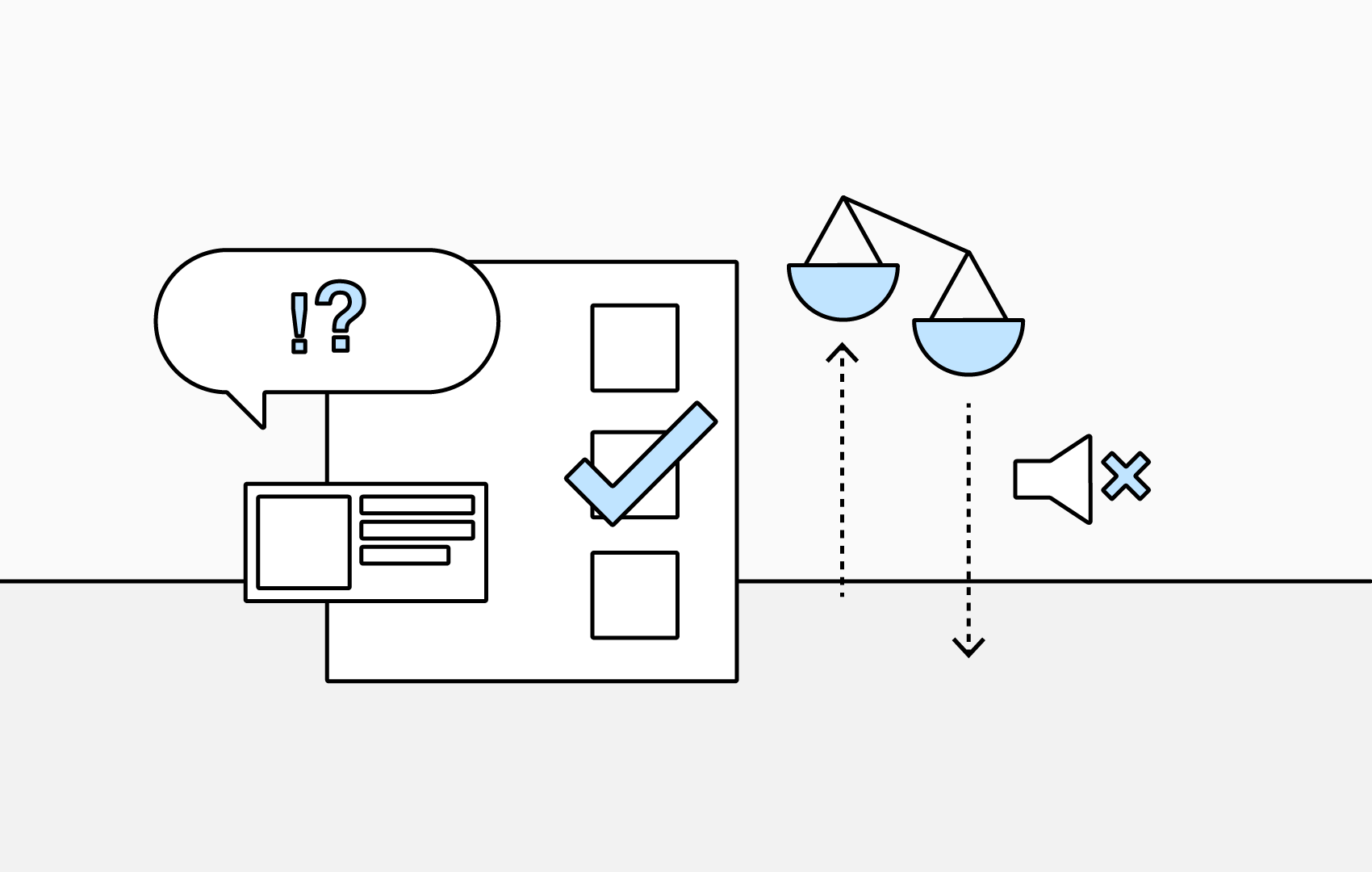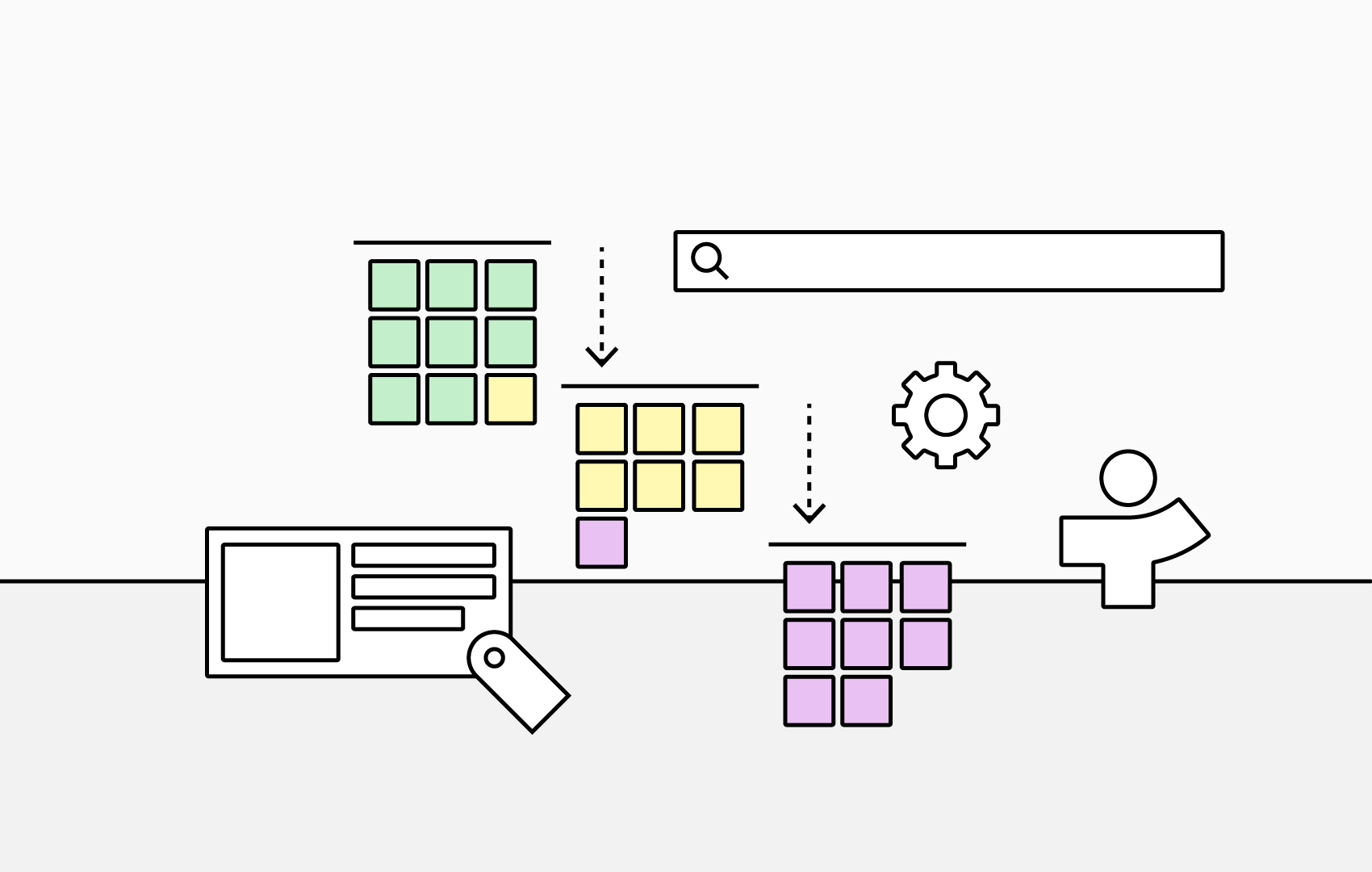Role Clarity: 4 Signs of Role Ambiguity and How to Fix it
Have you ever looked at your colleague and suddenly realized you don’t actually know what they do?
Or perhaps you’ve been tasked with onboarding a new employee and find yourself struggling to describe their role beyond the pre-outlined job description?
If yes, your organization might need to improve role clarity.
Role clarity is about understanding who does what, when, and why within an organization.
It starts at an individual level—when employees feel confident and comfortable in their roles and responsibilities—and has a domino effect, influencing collaboration, communication, and productivity across the entire organization.
Employees with high role clarity demonstrate high levels of:
But what happens when roles aren’t clearly defined?
Research shows that role ambiguity is consistently associated with poorer outcomes, such as reduced job satisfaction and lower engagement, which ultimately lead to an unhappy, unproductive workforce. The signs of role ambiguity may be subtle, but the effects are widespread, influencing every level of the organization.
Below are four common problems caused by role ambiguity and how to fix them.
Chain of Command Confusion
Even long-term employees express confusion about the chain of command. Team members are unsure who to go to for what, and interdepartmental collaboration suffers. Employees may waste time figuring out who needs to be informed rather than focusing on the work itself.
Solution:
- Clarify roles from the start by ensuring new employees are given a robust role description that outlines all responsibilities.
- Use digital organization charts to visually display the chain of command and show how departments work together to achieve shared goals.
- Introduce department “spotlights,” where leaders explain what their team does, why it matters, and how it connects to individual roles.

The Hidden Cost of Poor Employee Visibility
Task Duplication
Often, two or more employees unknowingly complete the same task. This duplication wastes valuable time and resources and can create tension within teams, leaving some employees feeling that their efforts are undervalued.
Solution:
- Hold regular team meetings so leaders and employees can align on priorities and responsibilities.
- Use delegation frameworks to clarify task ownership and set transparent expectations.
- Maintain a project-tracking system where all tasks and deadlines are visible to help identify potential duplication and ensure team members are on the same page.
Uneven Workload Distribution
Some employees feel overloaded with work, while others have little to do. Underutilized employees feel undervalued and disengaged, while overburdened team members risk stress and burnout.
Solution:
- Hold regular one-on-one meetings with team members and encourage transparent conversations about workload, expectations, and stress.
- Identify individuals who are eager to grow and delegate tasks that help them develop new skills.
- Increase transparency around role responsibilities and career progression by clearly communicating expectations, promotion criteria, and development opportunities.
Changes Without Communication
When internal restructuring takes place, employees are often left unsure how these changes affect their roles, responsibilities, or reporting lines. This lack of clarity can lead to confusion, disengagement, and even a loss of trust in leadership.
Solution:
- Promote transparency during organizational change. Create a clear change communication plan that outlines who is affected, what’s changing, and when updates will be shared.
- Encourage managers to hold one-on-one conversations to clarify how each person’s role may shift and to address concerns directly.
- Document all role adjustments in shared internal systems so employees can easily see updated responsibilities and reporting lines.
Final Thoughts
Role ambiguity can quietly undermine productivity, morale, and engagement—but addressing it doesn’t have to be complicated. By clarifying roles, communicating transparently, and supporting growth, organizations can build confident, engaged, and productive workforces.



